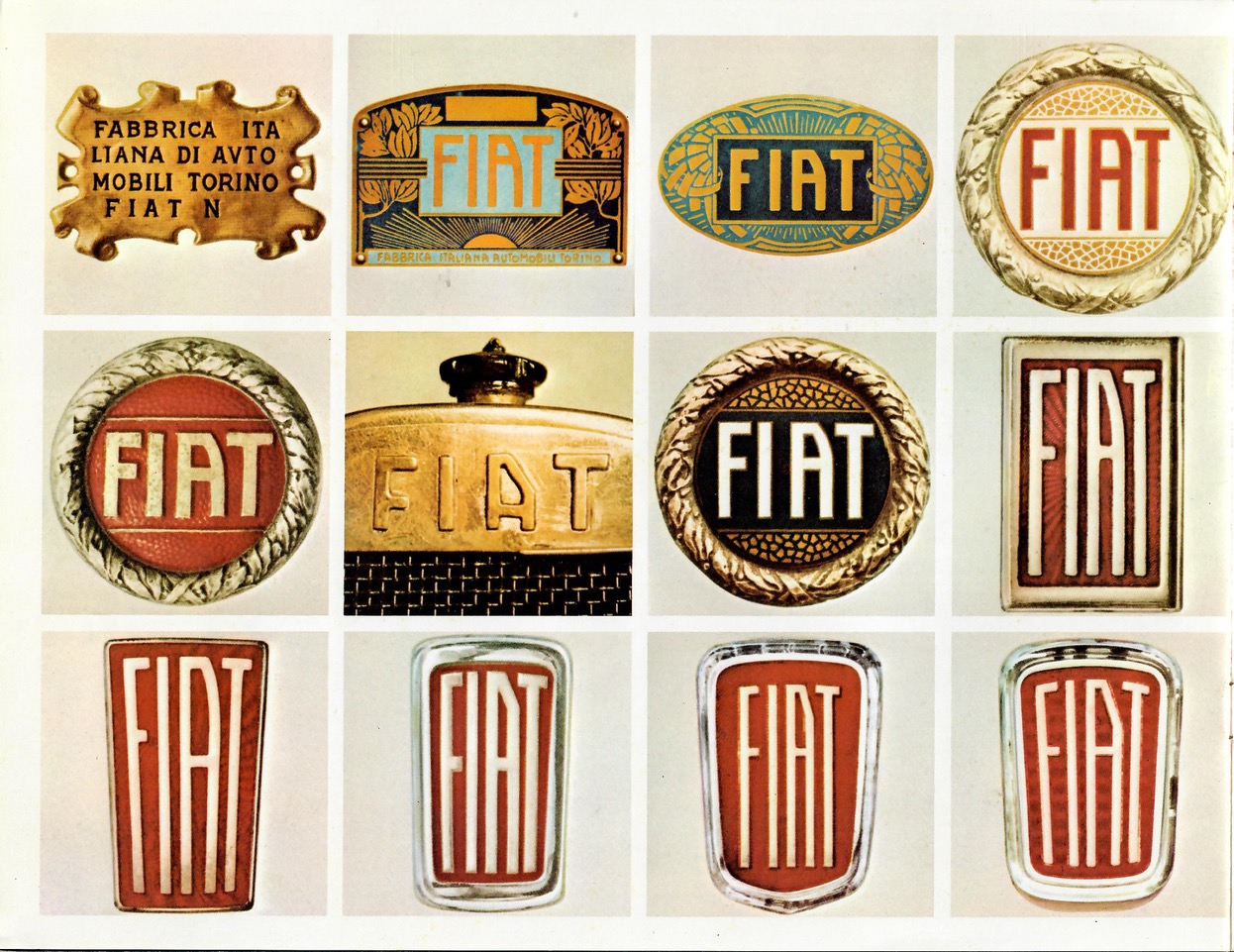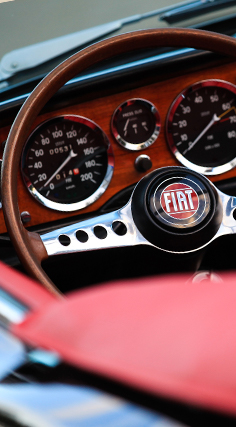FIAT 124 Spiders By the Year
Click the years above to learn how the FIAT 124 Spider changed through the years
From 1966 to 1985, the FIAT Spider featured details that set it apart from any other car made at the time. From the smooth revving belt driven twin cam engine, five-speed gearbox and four-wheel disc brakes, the FIAT Spider offered features many cars much more expensive didn't. We will be adding to this list until all production years are represented.
The 124 Spider can be as reliable as any well-sorted 1980s import, and some people even use them as their daily driver. While it is a 1960s design, it was quite advanced for its time, so it feels much more modern than most of its contemporaries. When looking for a 124 Spider, be certain to find one with little or no rust. Rust-free Spiders can still be found in California and the Southern states, so it is not worth restoring a rusty one. It may be wise to remove the outer rocker panels to inspect the sub-structure for evidence of rust. The rocker panels unbolt, making this a relatively simple procedure. Another area to check carefully is the front shock towers. While new ones are available, their replacement is very labor-intensive and can be costly. Rust spots on the floor are not uncommon. However, these are easier to repair and are generally not structural.
Like many inexpensive cars, a great number of 124 Spiders suffer from neglect and deferred maintenance. When shopping for one, ask when the timing belt was replaced. On 2-liter engines, a broken or misaligned timing belt can put a hole in the engine block if the fuel pump lobe hits the connecting rod. On the smaller engines, a timing belt failure can result in bent valves. Another common fault is the magnetic pickup coil in the distributor of the Spider 2000 this is what 124 Spiders were called after 1979). Because of the proximity of the exhaust, the wires eventually lose their insulation and short out. It should be checked yearly and replaced if the wires’ insulation starts cracking. Like a few other European imports, the Spider uses a rubber flex disc in the driveline. Its failure can have catastrophic consequences, so it is imperative that it’s regularly inspected.
Although prices may not always reflect this, most people prefer either the earlier small bumper 124 Spiders for their cleaner look or the later fuel-injected version for more power and economy. While a carbureted 2-liter engine can be upgraded to the same power level as a fuel-injected one or well beyond, the fuel injection wins when it comes to smoothness and economy.
The carbureted 2-liter engines have a very restrictive carburetor and intake manifold setup, causing the engine to run out of steam by 5000 rpm. These are often upgraded to a larger carburetor and the 1800 124 Spider manifold, which completely transforms the engine.
The electrical system is much maligned in 124 Spiders. However, most problems can be attributed to poor connections and grounds. Cleaning all the grounding points and making sure all connections are good will eliminate most problems. The Spider 2000s used circuit boards in the taillights, and when these go bad, they can cause strange intermittent problems. Luckily, inexpensive replacements are now available from Auto Ricambi.
Fortunately, solid examples of the Fiat 124 Spider can still be found, which makes restoration very practical. With their value steadily increasing over the past several years, the Fiat 124 Spider is certain to be one of the most sought-after classic European sports cars of the next decade.
For a more detailed model year breakdown, check out our informative 1966-85 Fiat 124 Spider History page.



